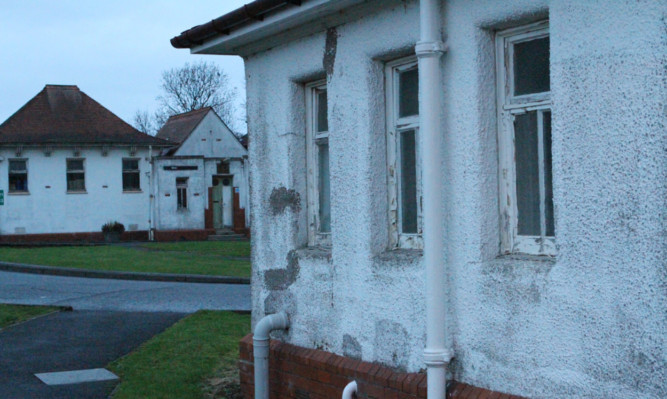BRINGING TAYSIDE and Fife’s NHS estate up to a satisfactory level would cost nearly £114 million, The Courier can reveal.
A report from the Scottish Government has shown the two areas account for 12% of Scotland’s huge £948m maintenance expenditure backlog.
The figure represents the estimated cost of getting all parts of the estate deemed below standard back up to scratch.
With more than half of all NHS Scotland properties over 30 years old and more than a quarter over 50-years-old, critics have raised concerns over the extensive backlog.
Around 75% of properties in Tayside are more than 30 years-old, compared with just under half of those in Fife, while almost a third of the Tayside estate is deemed below satisfactory, compared with just 15% in Fife.
Despite the size of the outstanding maintenance bill there has been a £62m reduction in Scotland since 2011.
North East MSP Alex Johnstone said the outstanding requirement in Tayside and Fife still represented a “staggering sum of money”.
“This illustrates the way that building maintenance has been allowed to slip,” he said.
“While I welcome the proposals to begin addressing the issue, this backlog must make effective planning for the future even more challenging, while at the same time, patients and staff will be forced to endure facilities that are below the standards they expect and deserve.
“This situation is not sustainable, and the Scottish Government must intervene to ensure that facilities are brought up to scratch.
“The reality is that it is impossible to justify handing out free prescriptions to those who can well afford them, while at the same time allowing work to go undone through lack of funds.”
NHS Tayside spent nearly £52m on property ownership and facilities services last year, while NHS Fife spent more than £29m.
The health boards made up 13% of the total Scottish expenditure £638m.
Around £56m went on leasing, fuelling and maintaining NHS vehicles across Scotland, while £62.5m was spent on medical equipment and £40m went on IT.
In 2011/12 NHS Tayside spent £8m on various projects, and plans to spend a further £6m this year.
Mark Anderson, head of property department at NHS Tayside, said: “We recognise the challenge that NHS Tayside, along with all health boards in Scotland, has in terms of managing our estate but we have ongoing plans in place to tackle the backlog and improve our premises.”
Jim Leiper, director of estates, facilities and capital services at NHS Fife, said: “NHS Fife’s forward planning with new and innovative future projects will continue to improve the condition of its estate and enhance energy and environmental performance.”
gbletcher@thecourier.co.uk
